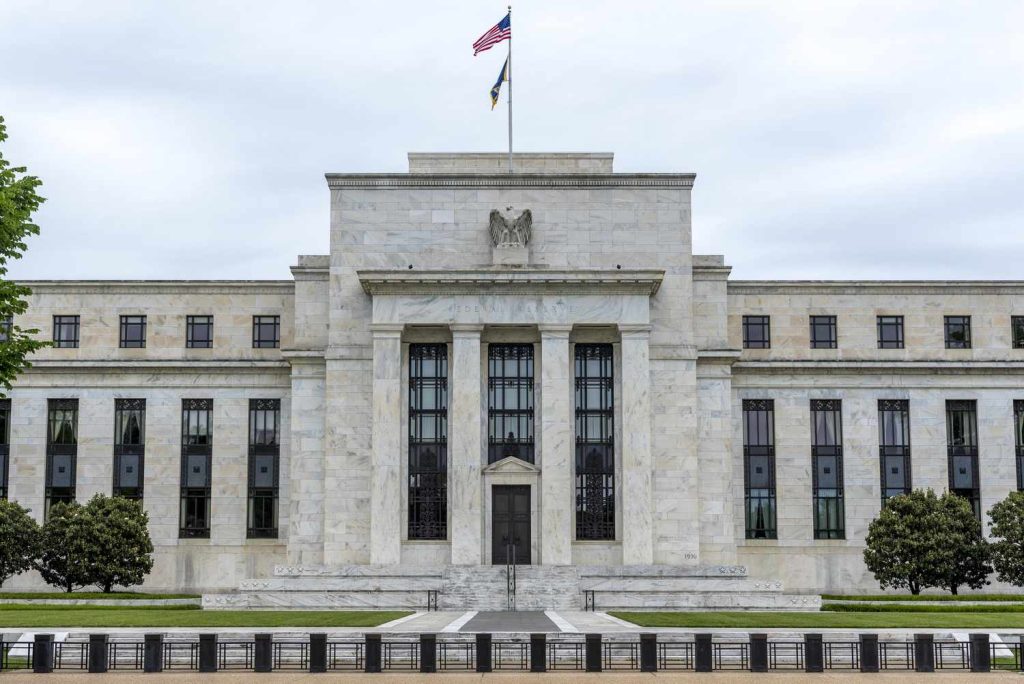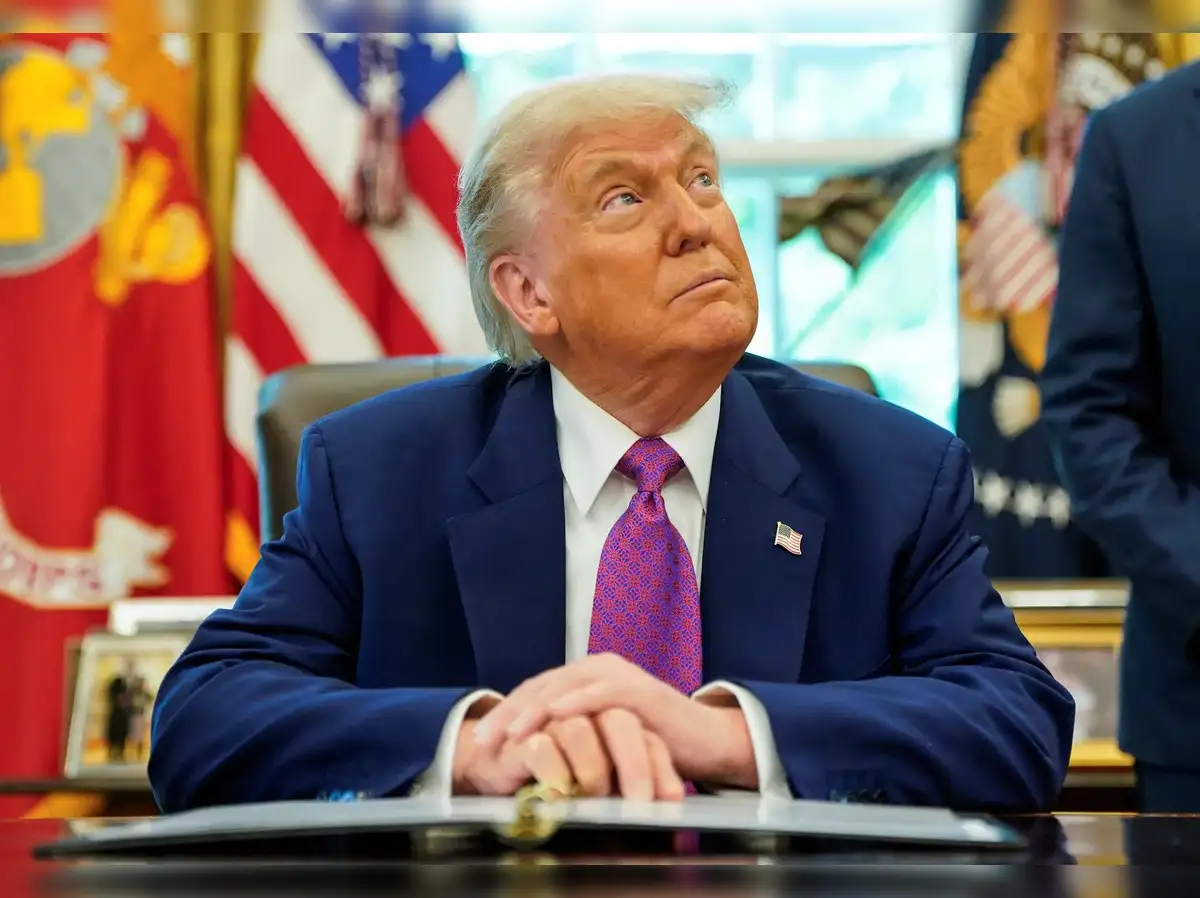The US central bank is widely anticipated to keep interest rates unchanged for the fourth consecutive policy meeting this week.
This decision comes despite President Donald Trump’s repeated calls for rate cuts, as Federal Reserve officials grapple with economic uncertainty fueled by the administration’s tariffs.
While the independent Federal Reserve had initiated rate reductions from previous highs, it has maintained a steady level this year as the effects of Trump’s tariffs began to ripple through the world’s largest economy.
Since December, the Fed has held interest rates between 4.25% and 4.50%, meticulously monitoring the health of the job market and inflation.
“The hope is to stay below the radar screen at this meeting,” stated KPMG chief economist Diane Swonk, highlighting the high level of uncertainty. She added that until officials are “sufficiently and convincingly convinced that inflation is not going to pick up” due to tariffs or related threats, they “just can’t move.”

Since his return to the presidency, Trump has imposed a 10 per cent tariff on most US trading partners, with higher rates on numerous economies set to take effect in July unless a pause is extended. His administration has also engaged in a tit-for-tat tariff war with China and levied duties on steel, aluminium, and automobile imports, rattling financial markets and impacting consumer sentiment. Economists, however, project it will take three to four months for these tariff effects to appear in consumer prices.
Despite a slight cooling in hiring and some contraction in the labour force, the unemployment rate has remained stable. Inflation has also been subdued, though analysts observe signs of shrinking business margins, indicating that companies are currently absorbing the brunt of the tariffs.
Following the Fed’s two-day meeting on Wednesday, analysts will closely examine its economic projections for any changes in growth and unemployment expectations, as well as for indications of future rate cuts.
The Fed faces increasing pressure from President Trump, who cites benign inflation data to push for more rapid rate reductions, arguing such a move would help the country “pay much less interest on debt coming due.”
On Wednesday, Trump urged Fed Chair Jerome Powell to slash interest rates by a full percentage point, later calling Powell a “numbskull” on Thursday for not complying. Powell, however, has consistently defended the central bank’s independence over interest rate decisions.
EY Chief Economist Gregory Daco noted that Fed policymakers have signalled “little urgency” to adjust rates, as they are unwilling to preempt the full impact of Trump’s trade, tax, immigration, and regulatory policy changes.
Daco expects Powell to maintain a “cautious patience,” reiterating that policy decisions remain data-dependent. While many economists warn that Trump’s tariffs could fuel inflation and hinder economic growth, supporters argue that upcoming tax cuts will boost the economy.
HSBC Global Research suggested that “weak labour market data could lead to larger cuts, while elevated inflation would tend to imply the opposite.”
Analysts currently anticipate the central bank will implement two more rate cuts this year, beginning in September, closely observing summer data for inflationary pressures from tariffs.
Diane Swonk cautioned that the current economic situation differs from the COVID-19 pandemic, potentially affecting how consumers react to price increases and, consequently, demand, which could complicate the Fed’s calculations.
“If this had been a world without tariffs, the Fed would be cutting right now. There’s no question,” Swonk concluded.


 Trending
Trending 